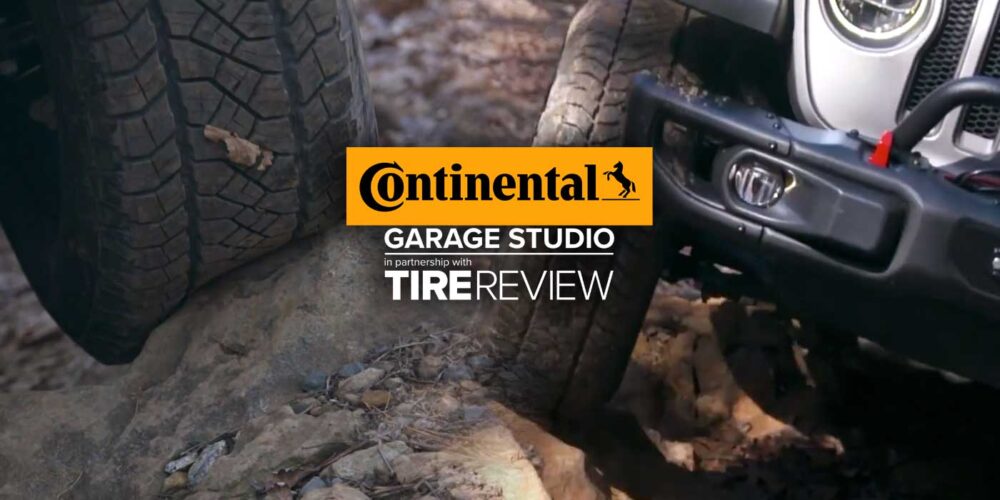You’ve likely heard the term OAD, referring to an overrunning alternator decoupler pulley. The majority of all new cars have them. The OAD, sold by Continental, is manufactured by Litens. What’s so important about an OAD? An OAD is an alternator pulley featuring an internal torsion spring and a one-way clutch mechanism. Not only will it allow the alternator to FreeWheel under engine deceleration, but it will also absorb the constant rapid acceleration and deceleration forces that occur due to changes in crankshaft speed. The benefit of an OAD is a smoother and quieter belt drive system resulting in reduced noise and vibration in the cabin, as well as increased fuel economy. It will also extend the life of the belt, the tensioner, and all driven components by eliminating belt, flutter and slippage. The OAD performs such an important role that when it’s time for belt service, if you’re replacing high mileage components and recommending a tensioner or idler pulley, it’s a good idea to recommend a new OAD to protect all the components of the belt drive system. It’s important to note that if the vehicle was originally designed with an OAD pulley, a solid pulley should never be used as a replacement.
OAD is a serviceable part that can easily be replaced separate of the alternator. But remember, OADs are application specific and the springs are tuned to each individual engine. So only use the exact fully for the vehicle you are working on. How do you check and replace an OAD? With the vehicle running the belt should run smooth and steady with no noticeable fluctuation or noise. If the belt is bouncing or fluttering or the tensioner is jumping around, this is a clear sign of a bad OAD. Another sign of an OAD failure is a visible charge warning light indicating that even though the outer pull is spinning, the alternator is not. Finally have someone shut the engine off while you listen closely to the OAD and its bearing. It will spin for a few moments after shutoff, and a noisy bearing or buzzing sound is an indication of a failure. You can also check OAD operation with the engine off and with or without the belt, and you can replace it just as easily if space permits.
Special tools are required to test and replace OAD pulleys. OADs have a protective cap on the end to prevent damage from water, dirt or debris, and it’s important that these caps remain intact. Some of them can be removed and reused, but some simply get damaged or broken during removal. If you are checking an OAD for proper operation, be sure you can obtain a replacement cap if necessary. To check OAD function, insert the proper tool into the pulley hub. Grip the pulley with your hand and rotate the hub in both directions. You should feel the reaction of the spring and the pulley should lock in the driven direction, then rotate freely and smoothly in the overrun direction.
The OAD should be replaced if the shaft spins in both directions, or if it requires more than nine- to 13 in. pounds of force to spin in the overrun direction. To replace an OED pulley, determine the correct tools that fit your coordinator shaft and pulley, then hold the pulley stationary while rotating the alternator shaft. To break the pulley loose, you may have to rotate it clockwise or counterclockwise, depending on the direction of alternator rotation. Spin the old pulley off, make sure the shaft is clean and spin the new pulley back on. Torque it to the manufacturer specification and install the new plastic cap. New continental OAD come with a new cap to ensure a complete and satisfactory repair. As a final step with any belt service, start the vehicle and ensure the belts and pulleys are running true and smooth as your final quality check. To keep a drive belt system in optimum condition, go to mycontiparts.com and find the Continental OAD for your vehicle.
This video is sponsored by Continental.













